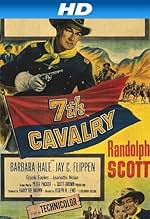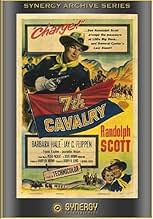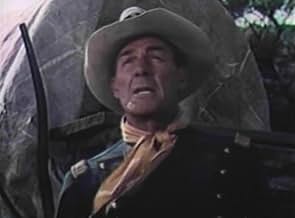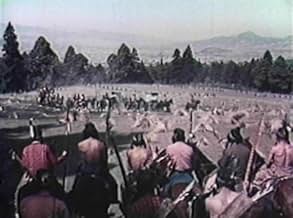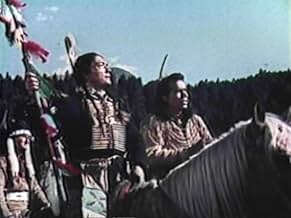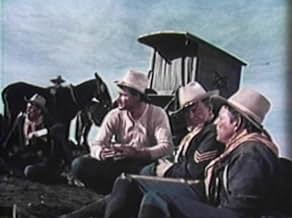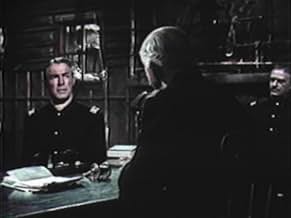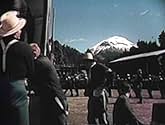IMDb RATING
5.8/10
1.5K
YOUR RATING
An officer accused of cowardice volunteers to bring back General Custers's body after Little Big Horn.An officer accused of cowardice volunteers to bring back General Custers's body after Little Big Horn.An officer accused of cowardice volunteers to bring back General Custers's body after Little Big Horn.
Bill Clark
- Soldier With Kellogg
- (uncredited)
Charles Horvath
- Knife-Wielding Indian
- (uncredited)
William Leslie
- Lt. Murray
- (uncredited)
Harold Miller
- Officer at Inquiry
- (uncredited)
- Director
- Writers
- All cast & crew
- Production, box office & more at IMDbPro
Storyline
Did you know
- TriviaThe saddle on Capt. Benson's horse is an early "plantation saddle." Officers, especially on the frontier, would often substitute personal equipment for military equipment based on taste and affordability.
- GoofsAs Corporal Morrison (Harry Carey Jr.) saddles "Dandy", Lt. Col. Custer's second mount, he puts on an English saddle. US Calvary adopted McClellan saddles which remained in service through World War II. This was the wrong saddle for the movie.
- Quotes
[first lines]
Capt. Tom Benson: We'll be able to see the fort from the top of the next rise.
[Tom and Martha ride a little farther]
Capt. Tom Benson: There she is - Fort Lincoln, the base of the finest cavalry regiment in the country - and our home.
- Crazy creditsOpening credits: Capt. Benson was returning with his future bride, to his post commanded by the gallant Indian fighter Colonel Custer, who had prepared the famous 7th for all out war with the Sioux.
Featured review
While George Armstrong Custer was getting massacred at Little Big Horn, Captain Randolph Scott was off wooing and fetching fiancée Barbara Hale, with Custer's permission he says. He escapes court martial, but no one wants anything to do with him. So when it's decided that someone needs to fetch Custer's corpse back - never mind the enlisted men - Scott volunteers to lead the expedition.
It's one of the superb westerns that Scott starred in during the last fifteen years of his movie career, and Joseph H. Lewis directs this with his immensely strong visual style, Technicolor specialist Ray Rennahan shooting from low angles in an ochre-based color matrix. Lots of Strong Men behaving nobly...but is the Comanche idea of nobility the same as the White man's? With Jay C. Flippen, Harry Carey Jr. and Frank Faylen.
It's one of the superb westerns that Scott starred in during the last fifteen years of his movie career, and Joseph H. Lewis directs this with his immensely strong visual style, Technicolor specialist Ray Rennahan shooting from low angles in an ochre-based color matrix. Lots of Strong Men behaving nobly...but is the Comanche idea of nobility the same as the White man's? With Jay C. Flippen, Harry Carey Jr. and Frank Faylen.
- How long is 7th Cavalry?Powered by Alexa
Details
- Runtime1 hour 15 minutes
- Aspect ratio
- 1.85 : 1
Contribute to this page
Suggest an edit or add missing content


